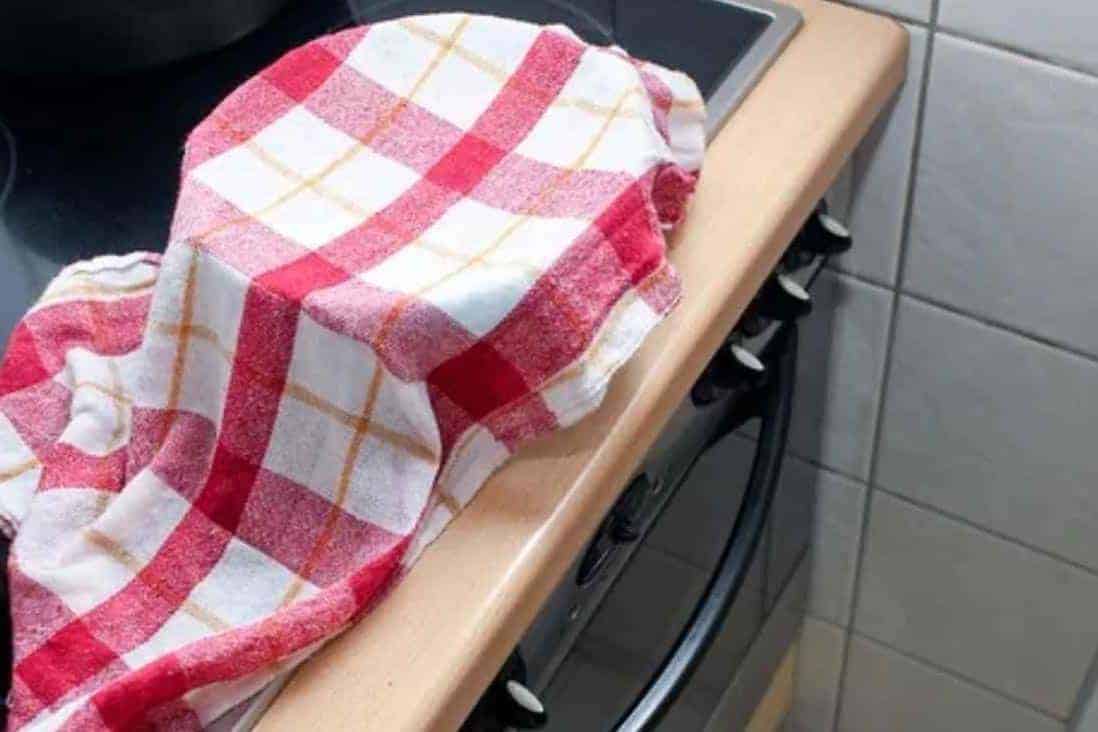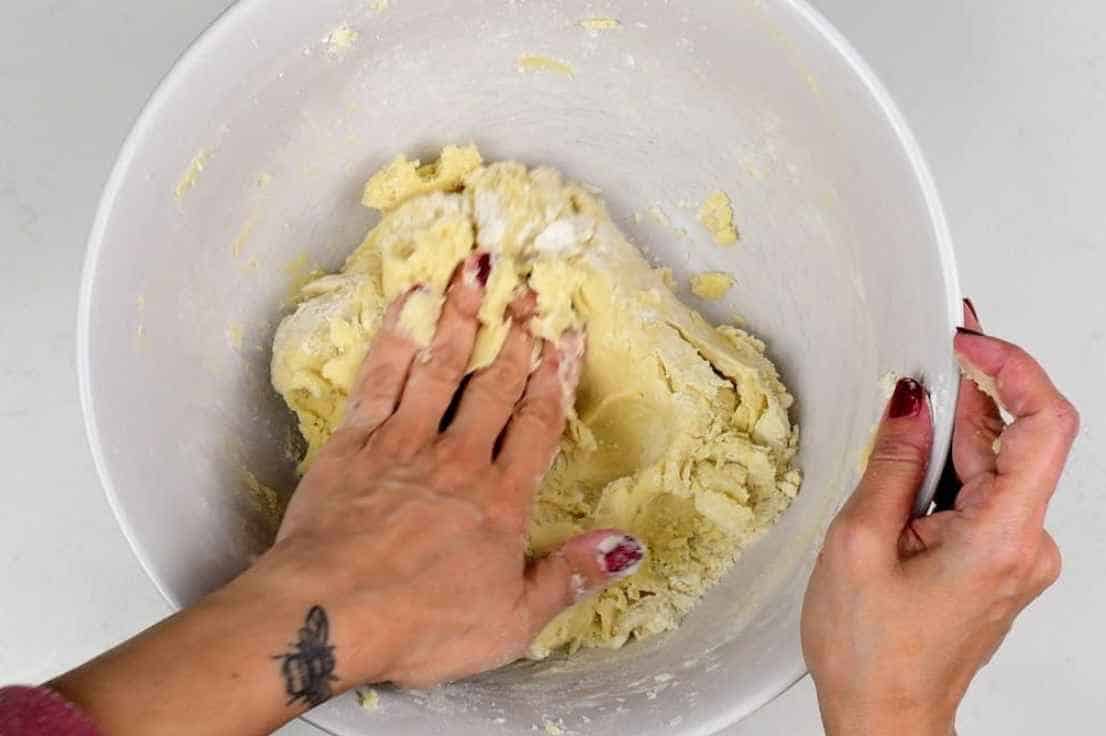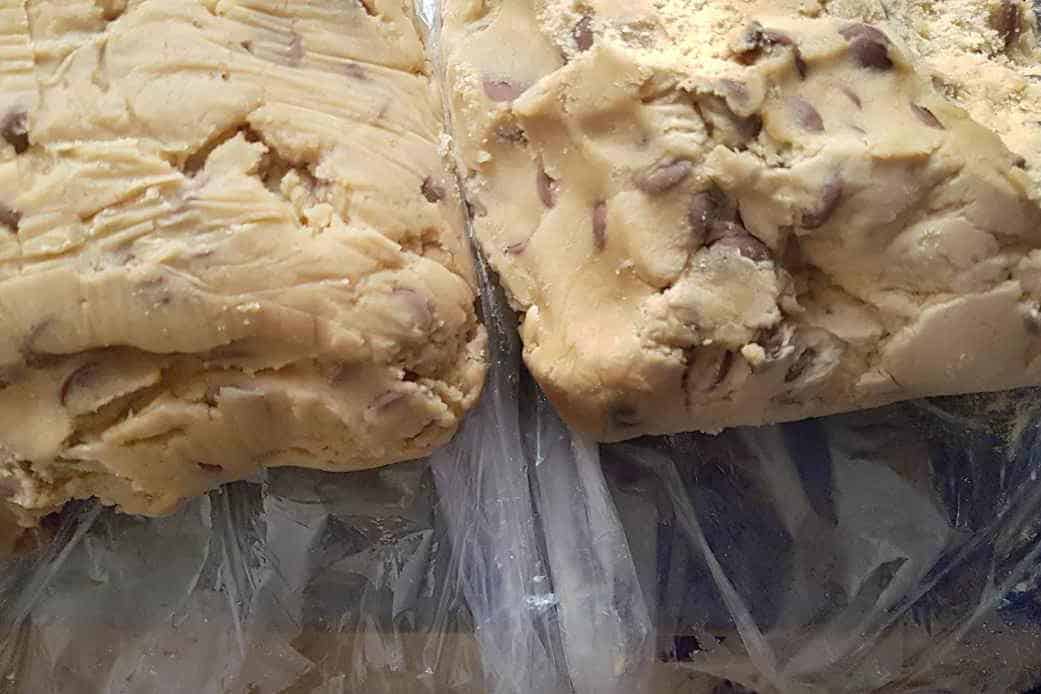Have you ever ended up with dry and crumbly cookie dough? Don’t worry! You can fix it and get soft and chewy cookies. In this article, we’ll explain why cookie dough dries out and how to solve it.
cccWe’ll share various methods, including adding moisture or adjusting ingredients, to transform your dry cookie dough into a moist and delicious treat. Let’s start and rescue your dry cookie dough!
Dry Cookie Dough

Baking mishaps can spoil your cookie experience, and one common problem is dry and crumbly dough.
Dry dough yields hard, tasteless, and chewy cookies, but don’t despair, as you can take active measures to fix this issue. To start, understand the reasons behind dry cookie dough. Too much flour or too little liquid ingredients, such as butter or eggs, can cause it.
Overworking the dough can also lead to toughness and dryness, while stale ingredients, like flour or baking soda, can contribute to dryness too. However, don’t fret, because you can revive your dry cookie dough with several active steps, turning it into a moist and delicious treat.
Adding Liquid

Transforming dry and crumbly cookie dough into a moist and delicious treat is a piece of cake! All you need to do is add liquid to bring it back to life. But what kind of liquid should you use? Well, you have a variety of options to choose from, including milk, cream, water, or even melted butter, honey, or molasses.
The key to adding liquid is to start small and mix it in well. Don’t be afraid to experiment and find the perfect amount for your dough. Just be careful not to add too much at once, or you could end up with a sticky mess on your hands. Keep adding liquid until your dough is moist and holds together without falling apart.
This active and creative solution will revive your dry cookie dough and turn it into a soft and chewy treat that will make your taste buds dance with joy! Don’t let dry cookie dough ruin your baking experience – try this simple fix and enjoy perfectly moist and delicious cookies every time.
Adding Fat

Fat can help to add moisture and richness to your dough, making it more pliable and easier to work with. There are several types of fats you can use, such as butter, oil, or even shortening.
If you’re using butter, make sure it’s softened to room temperature before adding it to your dough. If you’re using oil, choose a neutral-flavored oil like canola or vegetable oil.
To add fat to your dough, start by mixing in a small amount and then gradually adding more until your dough reaches the desired consistency.
Be careful not to add too much fat, or your cookies could end up greasy and heavy. As with adding liquid, it’s important to mix the fat into the dough thoroughly so that it’s evenly distributed.
By adding fat to your dry cookie dough, you can bring it back to life and create cookies that are soft, chewy, and packed with flavor. So don’t let dry dough ruin your baking experience – try this simple fix and enjoy delicious, perfectly baked cookies every time!
Using a Damp Cloth

Unsatisfactory results from baking can result from dry and crumbly cookie dough. However, instead of relying on traditional fixes like adding liquid or fat, there’s a simple and effective trick that you can use – the damp cloth method.
When your cookie dough becomes dry and crumbly, it’s due to the flour absorbing or evaporation of moisture from the dough.
To combat this issue, the damp cloth method can be employed to reintroduce moisture back into the dough, allowing the ingredients to blend together for a moist and flexible consistency. This method is especially helpful if you’ve overworked the dough or used stale ingredients.
To utilize this method, take a clean cloth and dampen it. Cover your cookie dough completely with the damp cloth and let it sit for approximately 10 to 15 minutes, permitting the dough to absorb the moisture from the cloth.
After the dough has rested, remove the cloth and stir it well. Check the consistency of the dough, and if more moisture is necessary, add a bit of extra liquid or fat at this point.
Kneading Gently

Reviving dry and crumbly cookie dough can be as simple as gently kneading it. This problem may arise from improper mixing or excessive flour, resulting in a dry texture.
Gently kneading the dough helps to evenly blend the ingredients, allowing the dough to absorb any excess moisture. This method is particularly beneficial when working with butter or other types of fat that require even distribution throughout the dough.
To employ this method, break the dough into smaller pieces and gently work them together with your hands. Avoid overworking the dough, which can result in tough or rubbery cookies. Instead, aim to gently knead the dough until it forms a smooth, cohesive ball.
If the dough remains dry or crumbly after kneading, add a small amount of liquid or fat to moisten it up. Remember to add these ingredients gradually and mix well after each addition to prevent adding too much moisture at once.
Incorporating gentle kneading into your baking process ensures soft, chewy, and delicious cookies every time by quickly reviving dry cookie dough.
Chilling the Dough

As easy as chilling it, you can revive dry and crumbly cookie dough. By slowing down the fat melting and flour absorption, you provide the dough with the chance to soak up more moisture, making it pliable and easier to handle.
To employ this method, grab some plastic wrap and tightly cover your cookie dough. Place it in the refrigerator for at least 30 minutes or even better, an hour or more. During this time, the dough chills and firms up, allowing the fat to solidify, and the dough to absorb more moisture.
Once the dough has chilled, remove it from the fridge and give it a gentle knead. This evenly distributes moisture throughout the dough, resulting in a smoother texture. If more moisture is required, feel free to add some liquid or fat.
Remember that chilling the dough may not be suitable for every recipe, so double-check the specific requirements of your dough. Nevertheless, if you’re looking for a simple and trouble-free method to fix dry cookie dough, chilling it is undoubtedly worth trying.
Conclusion
In conclusion, fixing dry and crumbly cookie dough can be a simple and straightforward process with several quick and easy solutions. You can gently knead the dough, use a damp cloth, or chill the dough to help it absorb more moisture and become more workable.
It’s crucial to keep in mind that each recipe is unique and may require a different approach, so paying attention to the specific needs of your dough is essential. By using these tips and tricks, you can effortlessly salvage your dry cookie dough and bake delicious, chewy cookies that everyone will love!

